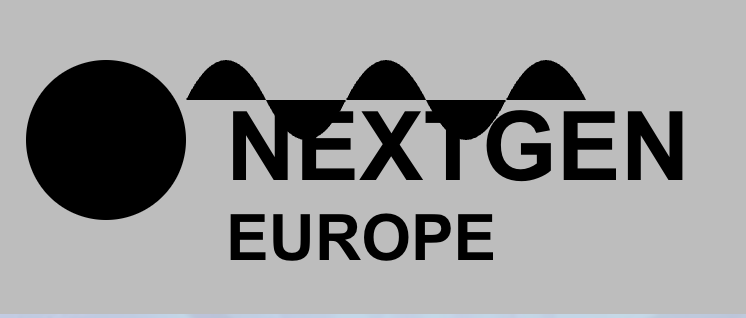The FIA has unveiled the F1 2026 showcar, providing a magnificent aerial perspective.
DRS will no be longer be used as an overtaking aid when the new-look F1 2026 are introduced, with drivers set to receive a temporary ERS boost instead.
On Thursday, the FIA formally unveiled the modifications to the F1 2026 cars, which will bring significant changes to both the chassis and engine regulations, marking the start of a new era in the sport.
F1 2026 rules revealed
The governing body has prioritized the development of “nimble” cars for F1 2026. These cars are expected to be 30 kilograms lighter than the current models, aiming to enhance efficiency, handling, and encourage more competitive racing.
Apart from the anticipated changes such as the transition to entirely sustainable fuels and achieving equal power output between the internal combustion engine and the power unit’s electrical ancillaries by eliminating the MGU-H, one of the most notable modifications pertains to the utilization of DRS. This follows F1’s choice to adopt active aerodynamics on both the front and rear wings.
In an effort to enhance overtaking possibilities, the Drag Reduction System (DRS) made its debut prior to the F1 2011 season. Drivers were granted permission to activate a designated area on the rear wing, opening a small slot, provided they were within one second of the car in front of them.
Explained: F1 2026 rules
F1 2026 regulations officially unveiled with new-look car of the future
The five key takeaways from the FIA’s major 2026 regulations overhaul
DRS will continue to be utilized, with a new provision allowing its usage on the straights at all times to enhance the efficiency of the engine.
A new approach to fostering overtaking opportunities will be implemented by granting the trailing car a temporary ERS boost, known as Manual Override mode, rather than relying on DRS.
During the presentation, Jan Monchaux, the FIA’s single-seater technical director, mentioned that about a year ago, a decision was made to opt for a nimble car. This means a slightly smaller vehicle with reduced downforce, but with a significant emphasis on minimizing drag.
The DRS located on the rear wing will no longer serve the purpose of enabling or aiding overtaking.
By default, every car will utilize this feature to minimize drag and enhance performance on straight roads. This not only offers significant advantages in terms of energy consumption, but also enables a higher top speed, thereby facilitating better recovery during braking on subsequent straight stretches.
“The significance of overtaking in F1 and its relevance in future regulations cannot be understated. There will be two approaches to address this matter.”
The initial concept entails maintaining an aerodynamic design for the car, thereby minimizing the losses caused by a car’s negative impact on the one following it. This is crucial as proximity to the preceding car is essential for successful overtaking.
“If you find yourself unable to stay close in a corner due to excessive dirty air causing instability in your car, it is crucial to regain any lost ground as soon as you hit the straight.”
“It is crucial for us to ensure that you can safely follow another car during cornering. To achieve this, we must focus on minimizing the impact of dirty air generated by the aero concept on the car behind. This is our top priority.”
“When entering the straight, if a car is in close proximity to another, we facilitate overtaking by enabling both cars to open their rear wings and front wing flaps. Consequently, we will grant the car behind the ability to utilize more ERS for a specific duration during that particular lap.”
Currently, the DRS enables you to follow closely behind another car, and once you are within a one-second range, you become eligible to activate your DRS on a straight section of the track.
“The case will no longer be as it is, but the logic will remain unchanged.”
“When I am in close proximity to another car, I receive an additional energy boost for one lap, which I can utilize in any manner I choose.”
The surplus energy is specifically defined to provide a power boost, enabling the subsequent car to potentially overtake by the end of the straight.
The World Motor Sport Council is scheduled to officially ratify the F1 2026 regulations on June 28th.
Read next: Follow PlanetF1.com’s WhatsApp and Facebook channels for all the F1 breaking news!
